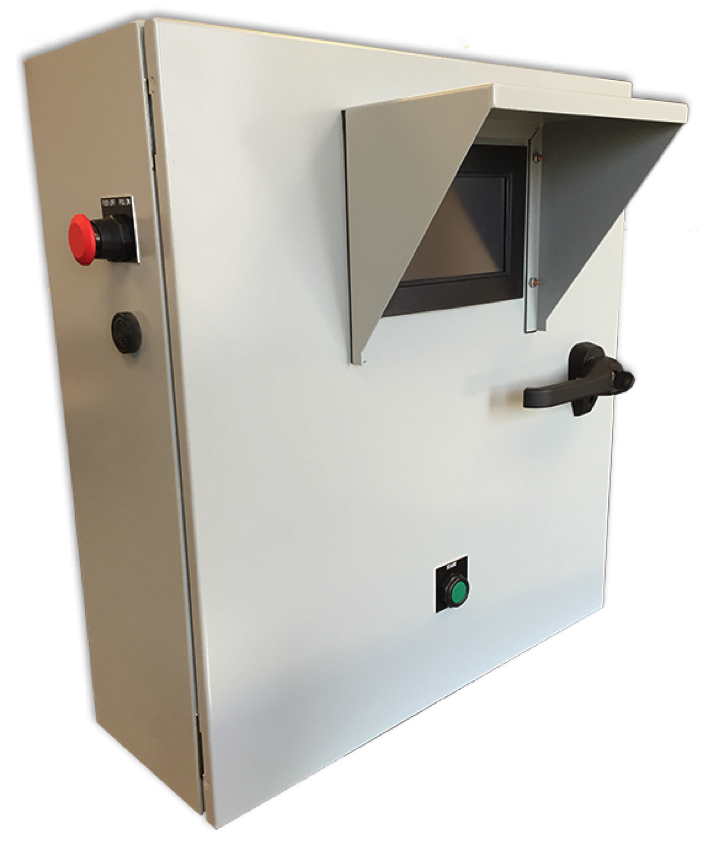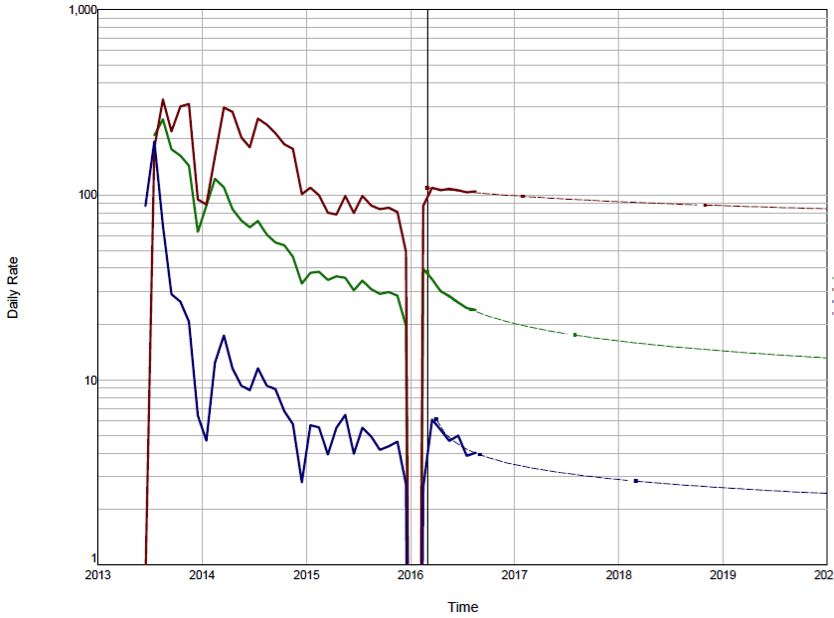It is incredibly important to match the reservoir types with equipment such as compressors. Such is particularly the case in the new “hybrid” unconventional plus conventional plays in the Delaware Basin of the Permian and the STACK play of Oklahoma. Welcome to an interview with Paul Munding, Flogistix (http://flogistix.com/), who explains how geological knowledge is essentially in optimizing production equipment.
What is your name and relationship to the oil industry?
My name is Paul Munding, and I am the Vice President of Petroleum Engineering at Flogistix. I have over 15 years of experience in the industry. Ten of those years were spent at Chesapeake, with three years in the reservoir department in the Permian Basin and seven years with completions and production duties across the Mid-Continent. I then worked at RKI/WPX as the production engineering manager over the Delaware Basin asset. During my career I have seen a lot of technology developed in the drilling and completions realm, but not as much on the production side of the business. Working in production over the last ten years, I have seen the need for advancements in production technology that can help the production engineer manage wells more efficiently. Flogistix has the technology to address a wide spectrum of production issues, from vapor recovery to marginal wells that have become loaded.
What kind of products do you have in the oil field?
Our company is multi-faceted, but our main products are rotary screw compressor packages for the oil and gas industry. Flogistix also launched a Downhole Services division last year that provides a lower cost alternative to cleaning out marginal wells with Coil Tubing. We have also manufactured well stream cooler packages that can cool produced fluids from single or multi-well pads, insuring that the products can be delivered underneath pipeline specs. Our entire skid packages, whether compressor or cooler, come outfitted with our Logix PLC and FLUX automation. The Logix allows users to program algorithms to specifically control compressor functionality according to their well needs. This allows the compressor to manage multiple task on one well site. We call this function Multi-Stream™ and customers only have the cost of one machine on site rather than two or three.
How important are the new compressors in today’s shale and stacked pay plays?

Our compressor packages are a perfect fit in the modern source rock play. Most of these formations produce very high gravity crude. As such, they also have liquids rich gas vapors that vent at atmospheric conditions. When using our compressor in vapor recovery mode, it can capture these high BTU vapors for customers, which allow them to profit on the capture of these emissions. In basins such as the DJ, this gas can be as high as 3200 BTU. Without capture of these vapors, operators do not realize the profit stream and also expose themselves to penalties of falling out of compliance with state and federal regulations. The use of vapor recovery also shows the operators as good stewards of the environment and communities, as much development has become closer to urban settings. The units also become critical to producing wells at lower BHPs when running artificial lift type ESP and sucker rod pumping systems. These pumps are great at reducing BHP but do not handle high gas cuts well. The gas gets trapped in the pumps and can often lead to reduced efficiencies and costly failures. We can pull gas out of the wells by setting a rotary screw compressor on the casing head of the wells on pump. This allows the casing to be a giant separator and the operator often sees better gas separation and increased production results. It is not uncommon in these type of applications to see the cost of the compressor being paid out in a couple of days due to the significant amount of uplift generated with a casing drawdown.
Why does it matter what kind of reservoir you have when you’re selecting a pump or compressor?
It is important to know that most reservoirs will be compatible with compression. Only a few, that have proven to be pressure dependent on permeability, would not be ideal candidates to use compression to lower the BHP. Those types of reservoirs, like the Haynesville, need a minimum amount of backpressure to keep the insitu-stress from closing the fracture and significantly reducing permeability. Most reservoirs respond very favorably to compression and even reducing wellhead pressure by 100 psig on shale wells can be the difference needed to unload fluids.
What are some of the benefits of having a multi-use compressor?

Decline curve of a well with Plunger Assist Compression
Our equipment match comes down to each particular reservoir’s stage of life. Early on, we can pull high vapor emissions off of horizontal flowing wells. Then, once the wells go on artificial lift, we can use the compressors to assist the well according to the lift type. On an ESP or pumping unit, the compressor can be used to pull gas off of the casing head. If the well does not make as much fluid and has been put on plunger lift, then our compressor can be used in conjunction with the plunger to allow the plunger to rise against a lower wellhead pressure. Our compressor can go into recycle mode as the plunger falls, and be ready to assist instantaneously upon another trip. These compressors have also done this plunger assist mode on multi-well pads, and have assisted up to four different wells on plunger with a single compressor. If there is an upset condition with the sales line, we have a swab mode that can be activated on the PLC to shut in the well and prevent it from loading up.
What are some of the new directions you are seeing?
Huge growth is currently occurring by using PLCs to manage well sites on their own, through machine learning. Our FLUX program captures all 53 data points on each of our compressors, once a minute, and then streams it to a Cloud server. The customer is given a login to our FLUX webpage where they can view all of their units in real time and trend the data looking for issues. This allows our data science team to rake this data looking for patterns that cause issues. The data science teams can then write code and send it out to all of our units, allowing the PLC to fix these issues on the fly without any physical presence by a technician. We also have a very talented engineering team that has designed these units and have been with the company over 15 years. The functionality that has been built into these units is unrivaled in the industry. One such feature is our Air Fuel Ratio emissions control which is monitored on our motors via the PLC. Through the engine speed and manifold pressure, we can adjust the O2 sensor readings through a nine point interpolation method.